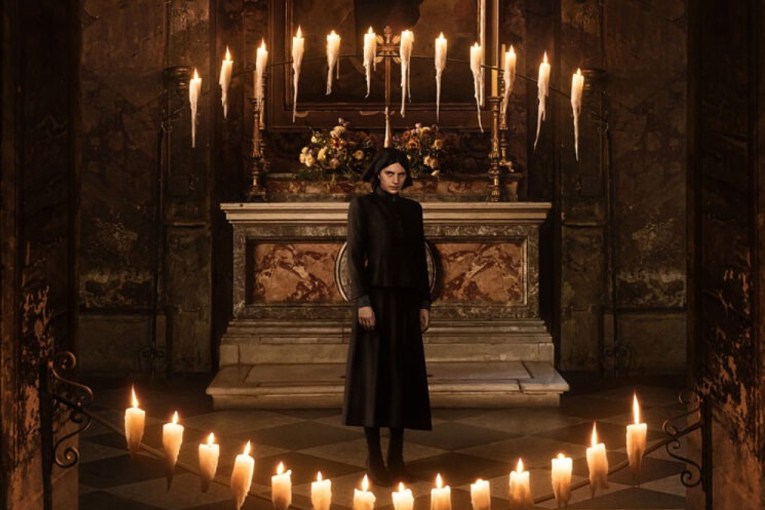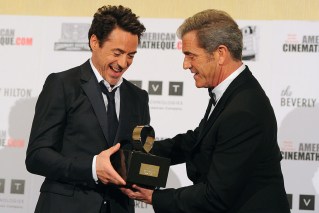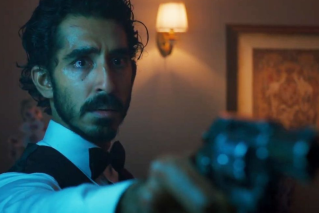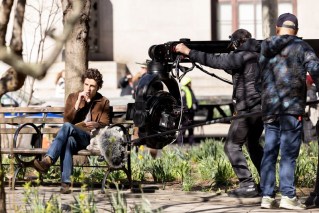1917‘s harrowing WWI drama is a stunning cinematic feat

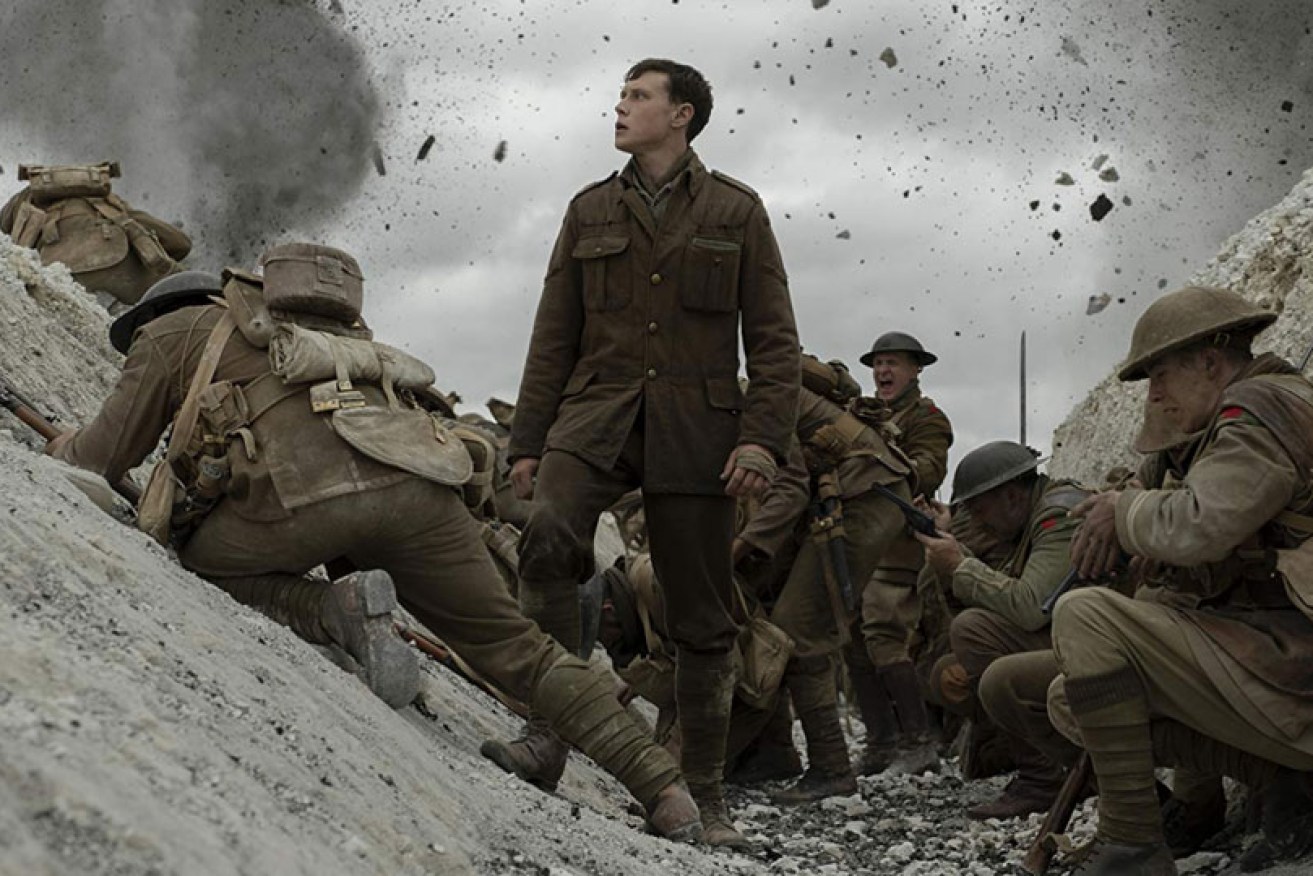
George MacKay is heroic as a young soldier on a mission in Sam Mendes' epic 1917. Photo: DreamWorks Pictures
A late entry into the awards season charge, British director Sam Mendes’ First World War epic 1917 was an unheralded and deserving triumph at January 5’s Golden Globes.
The movie won best motion picture, drama, and Mendes – who helmed James Bond movies Skyfall and Spectre, also took home best director. He forced Martin Scorsese’s Netflix opus The Irishman and Todd Phillips’ controversial Joker to surrender.
One of the year’s most thrilling event films, 1917 is a stunning cinematic feat.
A nerve-shattering Best of British, against-all-odds adventure, the premise is deceptively simple.
George MacKay (Pride, True History of the Kelly Gang) and Game of Thrones’ Tommen – Dean-Charles Chapman – play young, battle-weary lance corporals Schofield and Blake, messengers serving in the Western Front trenches during the First World War.
They’re charged by their general (Colin Firth, one of several starry cameos along with Benedict Cumberbatch and Bodyguard’s Richard Madden) with alerting another battalion of 1600 men that they are walking into trap set by retreating German forces.
Those men include Blake’s brother.
The only trick is that to get there in time, they’ll have to traverse No Man’s Land and penetrate deep behind deadly enemy lines.
A heap of classic war movies from Where Eagles Dare (1968), to Apocalypse Now (1979), to the more recent Fury (2014) work similar material, but what makes 1917 unique is the incredible technical effort displayed.
Thanks to several long takes ingeniously stitched together to look like a single, seamless shot, the film’s Oscar-winning cinematographer Roger Deakins (Blade Runner 2049) thrusts us into the blood and dirt.
Exceeding even the madness of the famous Normandy landing sequence in Steven Spielberg’s grueling Saving Private Ryan (1994), it never lets up.
When the soldiers struggle through near-darkness in a collapsing tunnel, we suffocate with them. When a plane plunges from the sky towards them, it’s an almighty effort not to leap from your seat.

MacKay and Dean-Charles Chapman in a 1917l action scene. Photo: DreamWorks Pictures
MacKay, in particular, is magnificent. The fast-rising English actor’s angular, baby-faced features are our constant companion. We feel every stab of his desperation, fear, pain and fury as if standing shoulder-to-shoulder.
Like many a great war movie, 1917 has Schofield’s loving, larrikin bond with Blake (Chapman) as our guiding light in a sea of darkness. Their steely determination to push through hell to save their soldiers at all costs is truly heart-breaking.
American composer Thomas Newman’s dread-filled score amplifies the terror. Even before the mayhem begins, he turns the screw, unsettling us from the outset.

Sam Mendes on the set of 1917 with Mark Strong. Photo: DreamWorks PIctures
Nominated for 14 Oscars since his double-dip for Gillian Armstrong’s take on Little Women and Frank Darabont’s adaptation of Stephen King’s The Shawshank Redemption at the 1995 Academy Awards, if there’s any justice, this should be the year Newman finally takes one home.
Mendes, with co-writer Krysty Wilson-Cairns (Penny Dreadful), has crafted a movie for the ages with 1917. It’s all the more startling for its eerie scenes of shattered, ashen fields and entire villages wracked by apocalyptic fires.
It’s a desperately harrowing film and your nerves will be shot by the end, but the exhilaration of what Mendes has achieved will stay with you long after.
